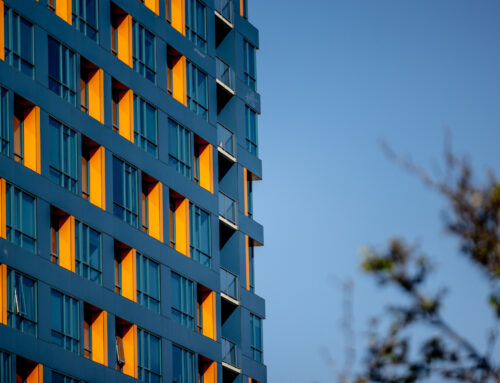Throughout 2021, the cost of building materials was a constant pain point for the construction industry. In an analysis by the Associated General Contractors of America (AGC) earlier this year, prices were found to have jumped over 20% between January 2021 and January 2022. The cost of specific materials like steel and plastic sky-rocketed, leaving construction firms caught between shrinking profit margins and a sharp decrease in available labor.
As we head into the second half of 2022, the question that’s top of mind for building contractors and many Commercial Real Estate (CRE) professionals is: Has the situation improved?
Well, the cost reports from the first and second quarter this year are in. Here’s how it’s looking.
Prices climbed in Q1
Overall, the first quarter was still rough for price increases, with the National Association of Homebuilders (NAHB) indicating that the cost of residential construction materials jumped 8%. One of the biggest price hikes was softwood lumber, which increased 36.7% over the period.
Meanwhile, a Q1 report from construction consultancy Linesight showed increasingly high costs for resources like copper (3.3% estimated increase from Q4) and steel (4.7 and 8.9% for rebar and flat steel respectively), accompanied by moderate hikes in cement, asphalt and limestone. Bear in mind that these increases are on top of the price surges many of these materials already saw last year.
Materials costs still (mostly) soaring in Q2
Any hopes of price relief in Q2 were also met with resistance, as costs for many materials continued a steady climb. In an analysis of recent Producer Price Index (PPI) data, AGC showed that the overall cost of inputs for new non-residential construction had jumped 1.1% between May and June alone.
The report also noted that the cost of supplies like concrete products, insulation material and some plastics had increased over the same period. In terms of other materials, however, there were bright spots, with lumber and plywood costs dropping 14.7%, while steel saw a more moderate 1.8 % retraction.
Lumber prices continue to tumble
Lumber has proved an interesting case overall, hitting record highs in 2021 that carried through into 2022. And while in March 2022 the lumber market was still showing a massive price spike, by July it had experienced a 50% decrease. At the time of writing, prices have dropped even further, adding an extra layer of complexity to forecasting and planning for new construction.
Outlook uncertain
Overall, the market remains in flux, with some prices still increasing rapidly. In a recent article covering AGC’s July Price Index analysis, Ken Simonson, Chief Economist for AGC stated:
“Since these prices were collected, producers of gypsum, concrete and other products have announced or implemented new increases. In addition, the supply chain remains fragile and persistent difficulties filling job openings mean construction costs are likely to remain elevated despite declines in some prices.”
In a separate post, Simonson pointed out that the Construction Industry Confidence Index (CICI) also dropped 17 points to a value of 44 in Q2 2022. The index, which measures sentiment amongst industry executives, only indicates a “growing market” if the value is over 50.
Heading into the rest of 2022 the situation remains uncertain, but some experts have predicted a drop-off in materials prices. Whether this translates into gains for the construction industry amid other pressures, only time will tell.






